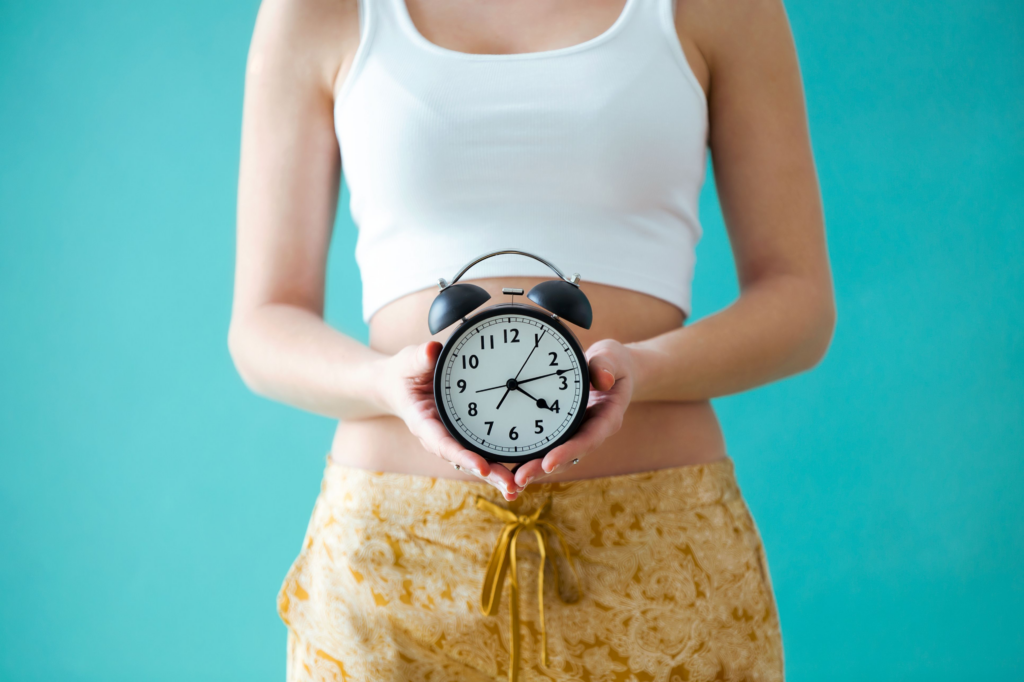Menopause itself is a daunting affair for women, and the symptoms that come along are all the more challenging to endure. However, this is also a fact that menopause is experienced differently by women worldwide.
is a process of aging and is mandatory for every female to undergo.
While some ‘sail’ through the process without any problems, some face significant issues.
Thus, every woman must prepare her body to handle this transition effectively. This
The transition state of menopause is termed ‘perimenopause,’ which results in many hormonal changes in a woman’s body.
Guide To Menopause Transition – An Important Aspect of Womanhood

Menopause is a confusing and challenging phase, like the starting of menses. Thus, every woman seeks guidance on how to deal with the changes this transition brings. To help these women, experts have designed different guidelines and tips.
In addition, many professional platforms, such as Simply Menopause, hold essential information about this transition.
What is Menopause Transition, And What Are Its Symptoms?
As the name suggests, menopause is when a female’s period stops, usually between the ages of 45 and 50. This stopping of periods results in ample changes in a woman’s body, which may sometimes be challenging to manage.
Thus, it becomes crucial to manage these symptoms effectively to improve one’s life quality and the effects of low estrogen levels.
Symptoms of Menopause
The common symptoms of menopause include:
- Weight gain;
- Night sweats;
- Hot flashes;
- Vaginal dryness;
- Dehydration;
- Mood sings;
- Depression;
- Insomnia or sleep issues;
- Increased heart rate;
- Increased blood pressure.
The menopause transition process is broadly divided into three types: Perimenopause, Menopause, and Postmenopause.
Perimenopause
Again, as the name suggests, perimenopause is the period of entering the menopause period. This period marks many years before the menopause period and starts when a woman is in her late 30s or initial 40s.
This is the period when a woman’s ovaries start making less estrogen, and this phase ends till menopause. During this phase, women either witness long or short menstrual cycles.
Symptoms of perimenopause include hot flashes, irregular periods, sleep issues, mood swings, decreased fertility ability, bone loss, changes in cholesterol levels, and changes in sexual desires.
Now, the level of these perimenopause changes may differ from woman to woman. While some may suffer more, some women may not even feel any of these symptoms.
Perimenopause remains for a period of about four years. When a woman does not get a period for more than 12 months, it marks the end of perimenopause.
The first signs of perimenopause are irregular periods, where even women having regular periods start getting menstrual cycles at different times. However, a woman still ovulates during the perimenopause period and can be fertile as well.
Menopause

Menopause is a period when a woman’s menstrual cycles stop. If a woman does not get her periods for 12 months, it marks the onset of menopause. Menopause initiates at the age
between the 40s and 50s.
The common symptoms of menopause include vaginal dryness, thinning of hair and dryness of skin, mood swings, weight gain, slowing down of metabolism, sleep issues, hot flashes, and depression.
Again the symptoms of menopause differ from woman to woman, and with certain lifestyle adjustments and doctor’s medications, one can get help with the symptoms and their severity.
The most common symptom of menopause is hot flashes, during which a woman may experience a warm feeling throughout the body.
These hot flashes are accompanied by a sense of blushing, sweating, and increased heartbeat. Also, these flashes may range from mild to severe in different women.
Postmenopause
Postmenopause is a period following menopause when the woman’s menstrual cycle has come to an end. Though at this time, women no longer get periods, some women can still continue to get menopause symptoms.
Once a woman enters postmenopause, it remains for the rest of her life. This is also the period when your ovaries stop making eggs, and women get at a high risk of heart disease and osteoporosis.
Though all the menopause symptoms get over during this phase, if you still get vaginal bleeding, it is highly recommended to visit your doctor. With postmenopause, your body also sees a decline in the natural hormone estrogen.
Estrogen is responsible for regulating a woman’s body’s good health, and its low quantity can lead to various problems.
These problems include heart or cardiovascular diseases, bone loss, osteoporosis, urinary system issues, and a low rate of metabolism, leading to weight gain.
To stay healthy during the postmenopausal period, it is recommended to make lifestyle and dietary changes. In addition, you need to take calcium and vitamin D supplements and do regular exercises.
You can also go for hormone therapy to reduce those hot flashes and bone loss, take vaginal estrogen to help with vaginal dryness and urinary issues and use vaginal lubricants.
Final Words
The menopause transition is a crucial period that is significant to women’s health. A woman’s body undergoes significant changes during this transition period, including major hormonal changes.
Though the severity of these changes can differ from one woman to another, it is always recommended to consult an expert for managing these symptoms well.
The healthcare professionals would not only give some medication but would also advise some dietary changes to be made.

Jean Smith is a fitness enthusiast and blogger who focuses on fitness and a healthy lifestyle. She is passionate about assisting people in living healthier lifestyles and is constantly on the lookout for new and creative methods to stay fit and healthy. Her articles are excellent resources for anyone interested in improving their health and fitness.
